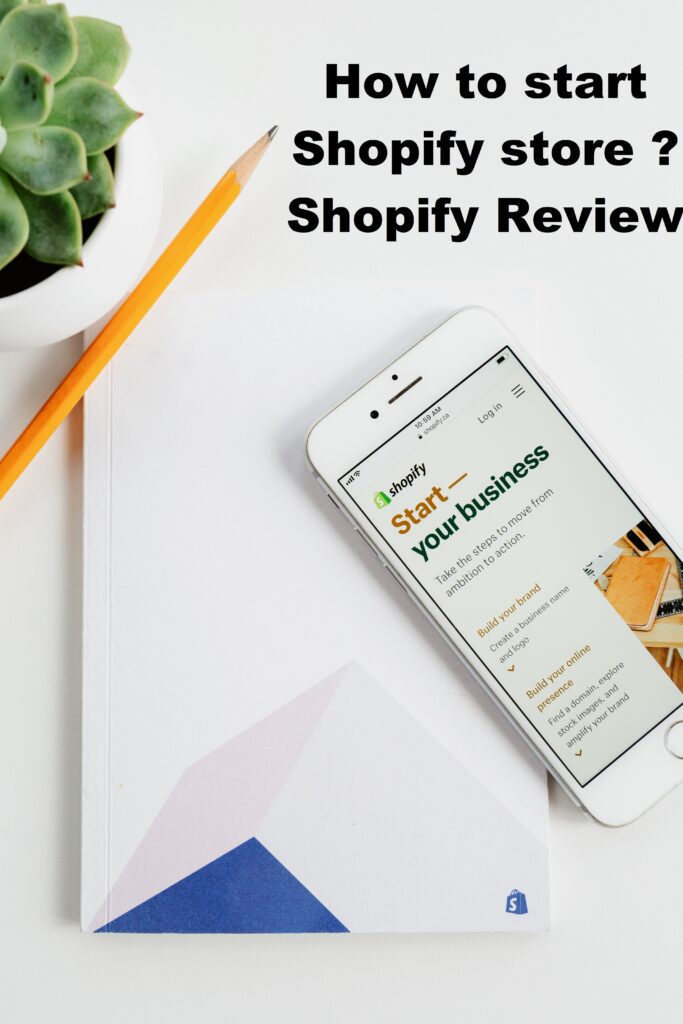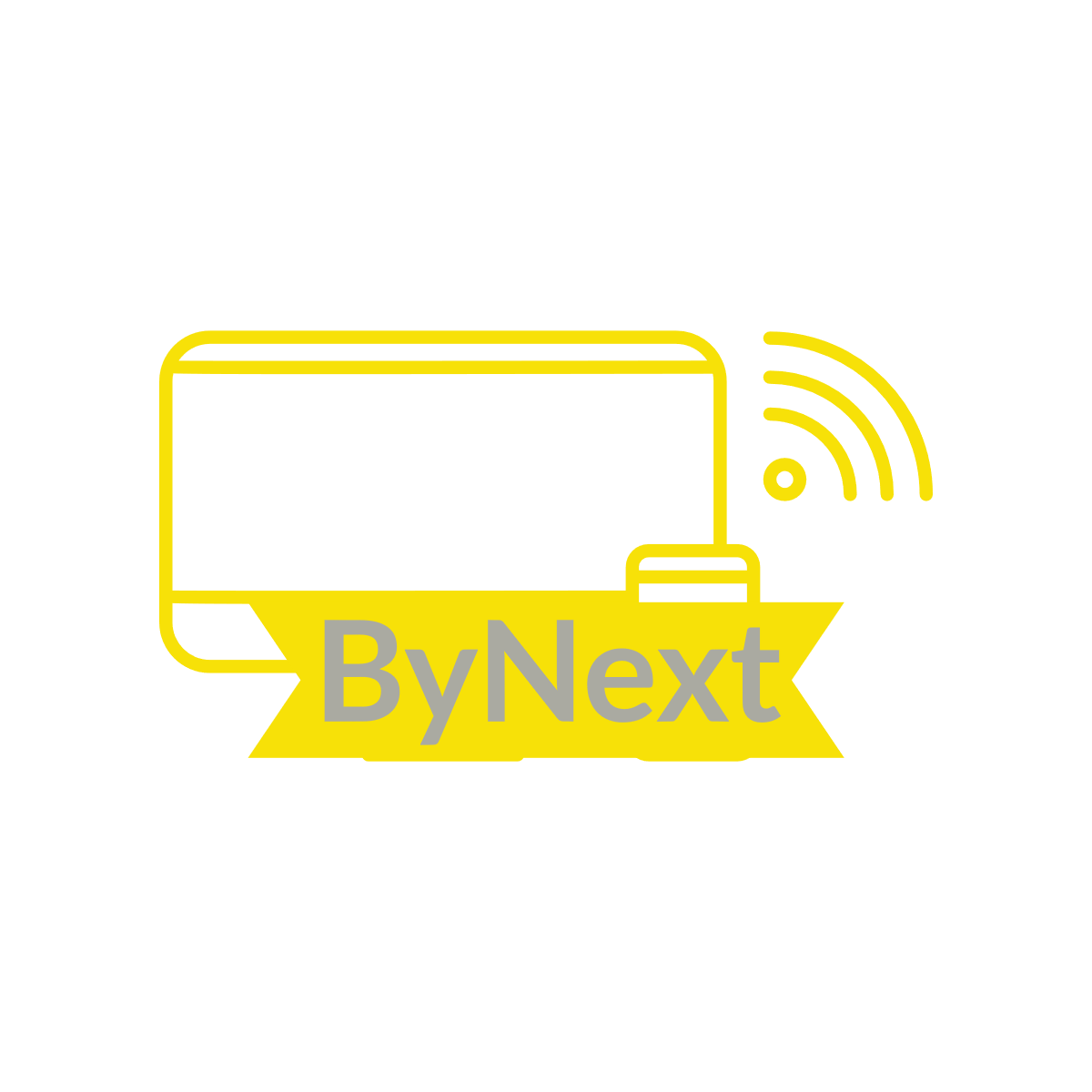
Are you thinking about starting a Shopify store? Shopify is a great platform for entrepreneurs who want to start their own online businesses. In this blog post, we will give you some tips on how to start a Shopify store. First, you need to choose a niche for your store. You can either sell products that you make yourself, or you can sell products that are related to your interests. Once you have chosen a niche, you need to find suppliers for your products. You can either find suppliers yourself, or use a drop shipping service like Oberlo.
Next, you need to create your store and design it according to your brand. Once your store is set up, you need to add products and start promoting your business. You can promote your business through social media, search engine optimization, and by running ads. If you follow these tips, you will be well on your way to starting a successful Shopify store.
Table of Contents
What is Shopify?
Shopify is a platform for businesses of all sizes to create an online store. It offers users a customizable platform, an easy-to-use checkout process, and a wide range of features. Shopify is a great option for businesses that are looking to launch an online store but don’t have the time or resources to build one from scratch.
Shopify is a platform for businesses of all sizes to create an online store. It offers users a customizable platform, an easy-to-use checkout process, and a wide range of features. One of the most important factors to consider when choosing an ecommerce platform is price. Shopify has a few different pricing plans, so it’s important to understand what each one includes before making a decision. In this blog post, we’ll break down the Shopify price plans and help you decide which one is right for your business.
Shopify Pricing Plans

There are four pricing plans for Shopify, which range from $29 to $299 per month. The entry-level plan is ideal for small businesses just getting started with ecommerce, while the highest-priced plan is best for businesses that need advanced features and support.
Shopify offers a 14-day free trial, so you can try out the platform before committing to a paid plan. Plus, every Shopify plan comes with a 90-day money-back guarantee, so you can always change your mind later if you need to.
Here’s a closer look at each of Shopify’s four pricing plans:
Basic Shopify: $29/month
Shopify: $79/month
Advanced Shopify: $299/month
Enterprise: Custom pricing
The Basic Shopify plan is the most affordable option, starting at just $29 per month. This plan gives you everything you need to get started with selling online, including access to all of Shopify’s core features and 24/7 support. If you’re just starting out or have a limited budget, this is the perfect option for you.
The next step up is the regular Shopify plan, which costs $79 per month. This plan gives you everything in the Basic plan plus some powerful additional features, such as gift cards and abandoned cart recovery.
Shopify Basic Features
Shopify is a platform for businesses of all sizes to create an online store. It offers users a customizable platform, an easy-to-use checkout process, and a wide range of features.
Shopify’s Basic plan starts at $29 per month and includes:
Unlimited products
2 staff accounts
Basic reporting
24/7 support
Shopify’s Standard plan starts at $79 per month and includes all of the features of the Basic plan, plus:
Advanced reporting
5 staff accounts
Shopify’s Plus plan starts at $299 per month and includes all of the features of the Standard plan, plus:
unlimited staff accounts
custom SSL certificate
priority 24/7 support
Shopify Advanced Features
Shopify is a platform that allows businesses of all sizes to create an online store. It offers users a customizable platform, an easy-to-use checkout process, and a wide range of features.
Shopify also offers advanced features for users who want to take their online store to the next level. These features include abandoned cart recovery, product tagging, and automatic discounts.
Abandoned Cart Recovery:
If a customer adds items to their cart but does not complete the purchase, Shopify can send them automatic emails reminding them to finish their purchase. This is a great way to recover lost sales and keep customers engaged with your store.
Product Tagging:
Product tagging is a great way to organize your products and make it easier for customers to find what they’re looking for. You can tag products by type, size, color, or any other criteria that makes sense for your business.
Automatic Discounts:
Shopify can automatically apply discounts to products based on rules that you set up. For example, you could offer a 10% discount on all products in your store when a customer spends $100 or more. Automatic discounts are a great way to boost sales and encourage customers to spend more in your store.
Shopify Plus Features
Shopify Plus is the enterprise version of Shopify, and it comes with a number of features that are designed to help businesses scale. These include:
– Unlimited products and bandwidth: With Shopify Plus, you can add an unlimited number of products to your store, and you don’t have to worry about your site slowing down as you add more traffic.
– Advanced order management: Shopify Plus comes with advanced tools for managing orders, such as bulk order editing and fulfillment.
– Enterprise level security: Your store will be hosted on Shopify’s secure servers, and you’ll have access to features like two-factor authentication and dedicated IP addresses.
– Dedicated account manager: You’ll be assigned a dedicated account manager who can help you with any questions or concerns you have about using Shopify Plus.
How to Choose the Right Shopify Plan for Your Business
There are four main Shopify plans:
1. Shopify Lite – $9 per month
2. Basic Shopify – $29 per month
3. Shopify – $79 per month
4. Advanced Shopify – $299 per month
Shopify Lite is the most basic plan, and is suitable for businesses that just need to be able to sell online, without all the bells and whistles of the other plans. It includes features such as a Buy button that can be added to your existing website, Facebook integration, and access to Shopify’s point of sale system.
Basic Shopify is the next step up, and is suitable for businesses that want a bit more control over their online store. It includes features such as a customizable theme, support for multiple languages, and abandoned cart recovery.
Shopify is the most popular plan, and is suitable for businesses of all sizes. It includes features such as unlimited products, professional reports, gift cards, and 24/7 support.
Advanced Shopify is the top-tier plan, and is suitable for businesses that need all the bells and whistles. It includes features such as advanced report building, third-party calculated shipping rates, and custom checkout fields.
Why use Shopify to start your online store?
Shopify is the most popular ecommerce platform on the planet. Over half a million businesses in 175 countries use Shopify to run their businesses, including many of the world’s most famous brands like Red Bull, General Electric, The New York Times, and more.
There are several reasons why Shopify is so popular. First, it’s extremely easy to use. You can create a beautiful online store in minutes without any prior experience or technical knowledge. Second, Shopify is very affordable. Their basic plan starts at just $9 per month and you can scale up as your business grows. Third, Shopify provides everything you need to run a successful online store. In addition to an easy-to-use platform, they offer powerful tools for marketing, shipping, payments, and customer service. Finally, Shopify has an amazing support team that is always available to help you with any questions or problems you have.
If you’re looking to start an online store, there’s no better platform than Shopify.
The benefits of using Shopify
Shopify is one of the most popular ecommerce platforms on the market today. And for good reason! Shopify is easy to use, has a ton of features, and is highly customizable. Plus, it’s built for businesses of all sizes.
But what are the real benefits of using Shopify? Let’s take a look:
1. Easy to Use
One of the biggest benefits of Shopify is that it’s easy to use. Even if you’re not a tech-savvy person, you can still build a beautiful and functional online store with Shopify. The platform is designed to be user-friendly, so you won’t have any trouble getting started.
2. Lots of Features
Shopify comes packed with tons of features to help you run your business smoothly. From powerful tools for managing inventory and orders to detailed analytics and reporting, Shopify has everything you need to run your ecommerce business effectively.
3. Highly Customizable
Another great benefit of Shopify is that it’s highly customizable. With a few clicks, you can change the look and feel of your store to match your brand perfectly. Plus, there are thousands of apps and themes available to further extend the functionality and design of your shop.
4. Built for Businesses of All Sizes
Whether you’re just starting out or you’re an established business
How to create a Shopify store in 8 easy steps
Assuming you already have a Shopify account (if not, create one here), follow these 8 easy steps to create your first Shopify store:
1) Log into your Shopify account and click ‘Add a new store’
2) Choose your store’s language and currency, then click ‘Next’
3) Enter your store name, then click ‘Next’
4) Import products from another platform or add them manually, then click ‘Save and continue’
5) Choose your theme, then click ‘Customize’
6) Add your logo, colors, and fonts, then click ‘Save and continue’
7) Set up payments and shipping, then click ‘Save and continue’
8) Finally, add some pages (e.g. About, Contact), blogs (optional), and navigation menus, then click ‘Save and continue’
Check Below Step :-
Choose an ecommerce platform

There are many different types of ecommerce platforms available to choose from. It can be difficult to decide which one is right for your business. Here are a few things to consider when choosing an ecommerce platform:
-What type of products do you sell?
-How many products do you sell?
-Do you need a custom design or template?
-How much control do you want over the look and feel of your store?
-Do you need advanced features such as inventory management, shipping integration, etc.?
-How much are you willing to spend?
Keep these things in mind when choosing an ecommerce platform and you’ll be sure to find the perfect one for your business!
Decide on a target audience
The first step to starting a Shopify store is deciding on your target audience. Who are you selling to? What demographics are they in? What needs do they have that your products can fill? Once you’ve answered these questions, you can start building out your store with products, content, and marketing strategies that will appeal to your target audience.
Choose your products
When you are ready to start building your Shopify store, you will need to choose the products that you want to sell. This can be a difficult decision, especially if you are starting a business for the first time. There are a few things that you should keep in mind when you are choosing the products for your store.
First, you need to make sure that the products you choose are ones that you are passionate about. If you do not have a personal connection to the products, it will be harder to sell them and build a successful business. It is also important to choose products that you have knowledge about. This way, you can provide valuable information to your customers and build trust with them.
You also need to consider the target market for your products. Make sure that you choose products that your target market will be interested in. If you try to sell products that no one wants, it will be very difficult to make any sales. Do some research on your target market and find out what kinds of things they would be interested in purchasing.
Finally, you need to make sure that your chosen products are ones that can be easily shipped and delivered to your customers. If the shipping process is complicated or takes too long, it will frustrate your customers and they may not come back to your store again. Choose products that can be easily shipped so that your customers can receive them quickly and without any problems.
Design your site
Designing your Shopify store is the fun part! You get to decide how your store will look and feel, and what kind of products you’ll sell.
The first step is to choose a theme. Shopify has over 100 free and paid themes to choose from, so you’re sure to find one that fits your style.
Once you’ve chosen a theme, it’s time to start adding your products. You can add products manually or import them from another platform using a CSV file.
Now it’s time to customize your store. Add images, change the colors and fonts, and add any other content you want potential customers to see.
When you’re happy with how your store looks, it’s time to set up payment methods. Shopify offers several options, including credit cards, PayPal, and Apple Pay.
Finally, don’t forget to test everything before you open your doors to the public!
Connect a payment gateway
If you want to start selling products online, you’ll need to connect a payment gateway to your Shopify store. A payment gateway is a service that allows you to accept credit card payments from customers.
There are many different payment gateways available, so it’s important to choose one that will work well for your business. You’ll need to consider the fees, the features, and the compatibility with your Shopify store.
Once you’ve chosen a payment gateway, you can follow the instructions on how to connect it to your Shopify store. This process is generally straightforward and only takes a few minutes. After your payment gateway is connected, you’ll be able to start processing credit card payments from customers.
Choose a business structure
There are several business structures to choose from when starting a Shopify store. The most common are sole proprietorships, partnerships, limited liability companies (LLCs), and corporations.
Sole proprietorships are the simplest business structure and are easy to set up. Partnerships are created when two or more people go into business together. Limited liability companies (LLCs) offer personal liability protection and tax benefits. Corporations are more complex and tend to be used by larger businesses.
The business structure you choose will impact factors such as how you file taxes, your personal liability, and your ability to raise capital. It’s important to choose the right structure for your business so that you can operate legally and efficiently.
Get your store ready for launch
The countdown to launch day has begun. You have your Shopify store all set up and now it’s time to start getting everything ready for launch day. Here are a few things you should do to make sure your store is ready for its big debut:
1. Do a final check of all your settings and make sure everything is perfect. You don’t want to launch your store with any errors or glitches.
2. Stock up on products. Make sure you have enough inventory to meet customer demand.
3. Promote, promote, promote! Get the word out about your store and make sure everyone knows when it’s launching.
4. On launch day, keep an eye on things and be prepared to answer customer questions or address any issues that may arise.
By following these steps, you can ensure that your Shopify store is ready for a successful launch!
Launch your store
In order to launch your Shopify store, you will need to sign up for a Shopify account and choose a plan. Once you have done so, you can then begin creating your store. To do this, you will need to add products, create collections, and design your store’s theme. Once you have created your store, you can then launch it by clicking the “Launch” button.
Market your store
There are a number of ways to market your Shopify store. You can start by creating social media accounts and sharing your store link with friends and family. You can also join relevant online communities and forums and share your store link there. Additionally, you can create blog posts or videos about your products and include your store link in the description. Finally, you can use paid advertising on platforms like Google or Facebook to reach a wider audience. Whatever marketing strategies you choose, make sure you’re consistent and patient for best results.
Conclusion
If you’re thinking about starting a Shopify store, congratulations! You’re on your way to owning your own business and being your own boss. But before you get started, there are a few things you should know. In this article, we’ll give you a crash course in everything you need to know about how to start a Shopify store. We’ll cover the basics of setting up your store, choosing a theme, adding products, and more. So if you’re ready to get started, let’s dive in!
Also read
How much does YouTube pay for 10,000 views
Mondly Review – There are 41 Languages Waiting for You
Top 50 Apps for Real Money Making | Apps for Cash
20+ Best Free Youtube Downloader App
20 Best Free Facebook Video Downloader

